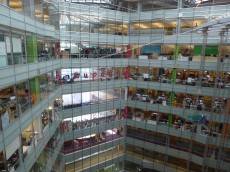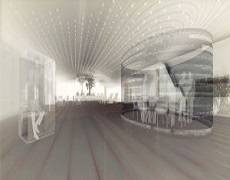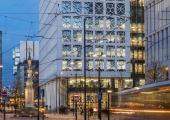December 3, 2013
Built environment vows to improve accessibility for UK’s 12m disabled people
 Six of the top professional institutions that represent architects, town planners, surveyors, engineers and facilities managers have committed to improving accessibility for the country’s 12 million disabled people. To mark International Day of People with Disabilities, built environment institutions, including the Royal Institution of British Architects (RIBA), the British Institution of Facilities Managers (BIFM) and Royal Institution of Chartered Surveyors (RICS), have signed up to the Built Environment Professional Education Project; to change the curriculum so inclusive design becomes a requirement of all built environment accredited courses at universities and colleges. The aim is to have nearly one third of all built environment professionals proficient in inclusive design within 10 years. (more…)
Six of the top professional institutions that represent architects, town planners, surveyors, engineers and facilities managers have committed to improving accessibility for the country’s 12 million disabled people. To mark International Day of People with Disabilities, built environment institutions, including the Royal Institution of British Architects (RIBA), the British Institution of Facilities Managers (BIFM) and Royal Institution of Chartered Surveyors (RICS), have signed up to the Built Environment Professional Education Project; to change the curriculum so inclusive design becomes a requirement of all built environment accredited courses at universities and colleges. The aim is to have nearly one third of all built environment professionals proficient in inclusive design within 10 years. (more…)






















November 12, 2013
UK leads the world in talent, but it needs the right culture in which to thrive
by Philip Ross • Comment, Technology, Workplace, Workplace design
(more…)